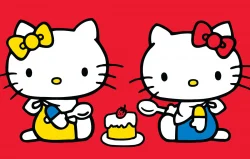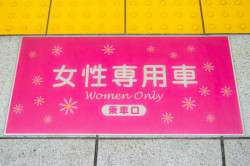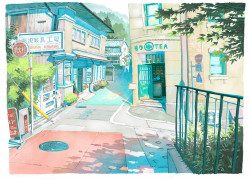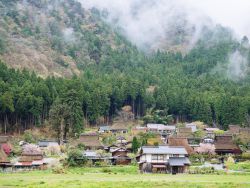
The Yin-Yang of Kampo
While modern Japanese acupuncture drifts in limbo between scientific principles and traditional theories, kampo has staked out a clear position.
Kampo is based on a system of herbal medicine still practiced in China in ways similar to those described 2,000 years ago in the earliest Chinese herbal text, Treatise on Cold Damage. Herbalists from Beijing to Chongqing examine patients thoroughly, taking into account not only the main complaint, but all aspects of their physical and mental health. Analyzing this information with the theories of yin-yang and the five phases, the practitioner comes up with a pattern of disharmony, then chooses a formula that addresses this pattern. If a patient has heat in the stomach, the formula chosen would be both stomach-focused and cooling. Thus, each patient gets an individualized scrip, with even the same disease treated by different herb combinations.
In most nations herbs are barely regulated. In the US for instance, if these “dietary supplements” don’t contain overt toxins like arsenic or mercury, the government doesn’t spend much time checking if the ingredients match the labels. In Europe and Canada, however, laws have been passed that make herbs jump through much more vigorous hoops.
Japan took a different tack. Starting in 1967, the government began approving set herbal formulas, mostly millennia-old combinations, to be covered by national insurance. There are now 148 such formulas. Since herbal medicine was treated like “real” medicine, it had to act like it, so rules were set governing production, prescription and sale. While this has turned Japan’s herb industry into a global model of quality and safety, one rule has taken kampo far from its roots: only medical doctors and pharmacists could prescribe the formulas.
Until recently, doctors’ education did not include any courses on how yin-yang fluctuations affect the body, so kampo companies had to learn their language. Herb makers began extensive research programs exploring the active chemical components as well as doing clinical trials on humans and animals. They also issued prescription guidelines based not on yin-yang but on modern medical diagnosis—the common cold should be treated by kakkonto, seasonal allergies by sho-sieryu-to. A tiny minority of doctors pursue advanced training in Oriental medical theory.
For a traditional practitioner, it can be hard to accept what kampo has become. But if one looks past what is lost, there are good things about the current system. The quality and safety of Japan’s herbal medicine is unparalleled, and a natural, holistic therapy is available and affordable. Indeed, an estimated 80 percent of doctors in Japan prescribe kampo.
Two years ago, the laws were changed slightly. One can now legally sell kampo with an easily-obtained “drugstore” license. This allows qualified traditional practitioners to recommend (but not prescribe) herbal formulas and sell for a profit. This recent change’s impact has yet to be evident, but it could have far-reaching implications on herbal medicine delivery here.
The next time you’re feeling under the weather, ask your doctor if there’s an herbal formula to help. If you have to toss back something, why not make it natural?







